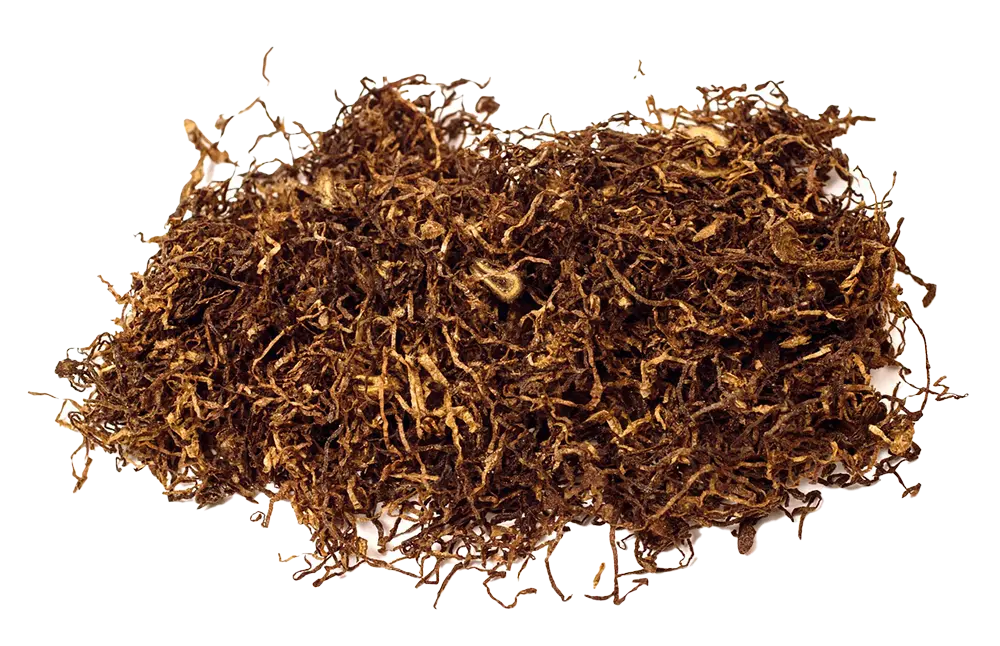2.8% of both American Indians/Alaska Natives and Whites
use smokeless tobacco – the highest of all populations
Source: CDC2
Chew. Dip. Spit. Snuff. Snus.
No matter the name – smokeless tobacco can lead not only to nicotine addiction,
but also cancer1 of the mouth, esophagus, and pancreas.
American Indian/Alaska Native people and White people use smokeless tobacco more than2 other populations. Smokeless tobacco use is highest among American Indian/Alaska Native high school students, as well, with 9.2%2 using the product.

Deadly Additives


Harmful Metals & Radioactive Elements
Do you know anyone who would want to ingest arsenic? How about lead, nickel, or mercury? These are just a few of the harmful metals1 that are found in tobacco – including smokeless tobacco. These products also include a radioactive element called polonium-210,1 which is an ingredient in fertilizers used in tobacco fields.
Cancer-causing chemicals are also found in smokeless tobacco, including tobacco-specific nitrosamines.1 These organic compounds develop while tobacco is grown and produced for commercial use – and they increase the risk of cancer.

Reproductive Risks

When smokeless tobacco is used by a pregnant woman,1 she is more likely to deliver early or have a stillborn baby. Additionally, the nicotine in smokeless tobacco can impact brain development in unborn babies.
Other Risks
Gum disease, tooth decay and loss, heart disease, stroke, and death are just some of the risks1 involved with using smokeless tobacco. People who use smokeless tobacco can also develop white or gray patches in their mouths, which is leukoplakia.3 While they are not painful, they will not dissipate and may become oral cancer.

References
- https://www.cdc.gov/tobacco/other-tobacco-products/smokeless-tobacco-health-effects.html?CDC_AAref_Val=https://www.cdc.gov/tobacco/data_statistics/fact_sheets/smokeless/health_effects/index.htm
- https://www.lung.org/quit-smoking/smoking-facts/health-effects/smokeless-tobacco
- https://my.clevelandclinic.org/health/diseases/17655-leukoplakia





